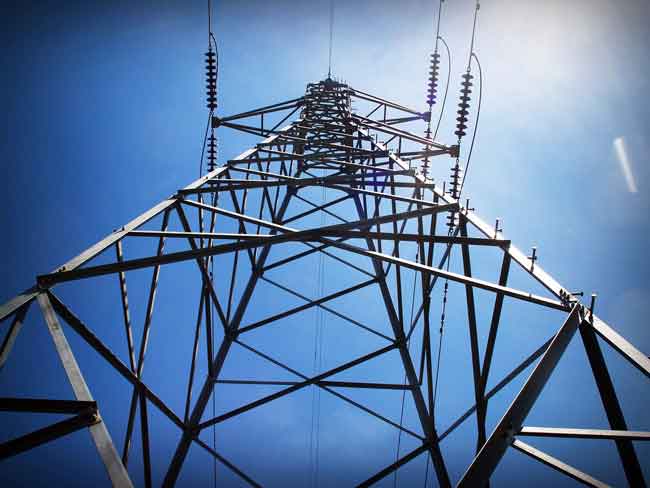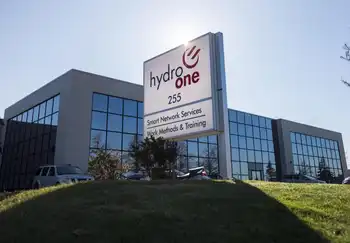Audit says Energy Department could save energy
By Associated Press
CSA Z462 Arc Flash Training - Electrical Safety Essentials
Our customized live online or in‑person group training can be delivered to your staff at your location.

- Live Online
- 6 hours Instructor-led
- Group Training Available
"In spite of its energy conservation leadership role, we found that the department and its facility contractors did not place adequate emphasis on reducing energy consumption" by adjusting their after-hours thermostats, Inspector General Gregory Friedman wrote.
The auditors found temperature "setback controls" lacking, broken or unused in 35 of 55 large buildings at the Oak Ridge National Laboratory and the Y-12 nuclear weapons plant in Tennessee; the Los Alamos National Laboratory in New Mexico and the Pacific Northwest National Laboratory in Washington state.
That's roughly two out of three buildings sampled, including some of DOE's newest buildings in Oak Ridge.
The Y-12 plant's $154 million, privately financed, Jack Case Office Building and New Hope Visitors Center opened last year with great fanfare as a milestone in modernizing the 60-year-old bomb plant. Though it was fully green-building certified, the auditors said no one bothered to buy software to make its setback system work.
Based on DOE's own energy-saving formulas, the auditors projected that enforcing temperature setbacks on heating, ventilation and air conditioning throughout DOE's more than 9,000 buildings could save over $11.5 million on the energy agency's $300 million annual electric bill.
They also computed the savings as enough to power more than 9,800 homes annually.
Associate Undersecretary Richard Moorer responded to the audit that a memorandum would be sent to all DOE sites to "re-emphasize the importance of using setbacks as an energy saving and conservation technique."
Wayne Roquemore, spokesman for owner-developer Lawler Wood LLC, said the Oak Ridge buildings actually came with manual setback controls and Lawler Wood has bought $2,200 in software for automatic controls in response to the audit.
"But the setbacks are still not being used because the occupancy policy has not changed," he said. "The operating policy has been to keep those buildings suitable for occupancy 24 hours a day, seven days a week."
Roquemore hasn't heard from DOE yet, but he said, "Oh, I am sure this will lead to a policy that is different."
Michael Kane, an associate administrator in the DOE division overseeing nuclear weapons, promised a series of actions to make sure setbacks are used. George Malosh, a deputy director in DOE's science section, said setbacks should be one of the tools for energy conservation and used "when cost effective."
The auditors noted the Pacific Northwest Lab already has begun setting back temperatures at nine of 10 leased buildings, while the Los Alamos Lab suggested all its staff lacked was training.











